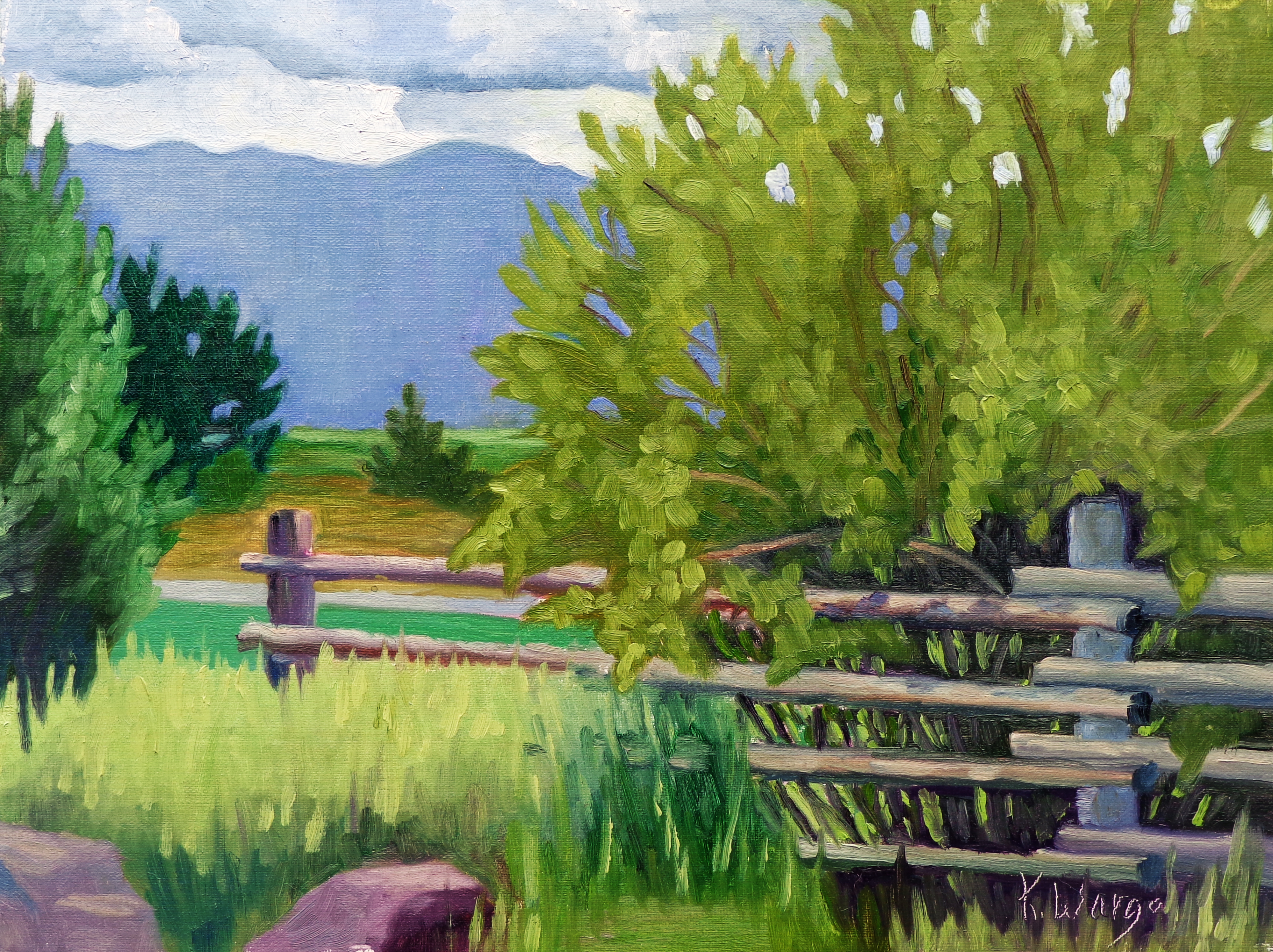Composition, or how things are arranged, is quite often the determining factor of a successful painting. I really can’t stress enough that without a strong composition, an otherwise technically strong painting will not look as good. I find when I am struggling with a painting, and I just can’t figure out how to make it work, it always comes down to a poor composition. You just can’t get away from it – a poor composition will result in a poor painting.
So, how can you be sure you have a strong composition? This is really a much longer topic than this little blog post – books have been written on the subject, but I can at least give you a start.
First off, when you are designing your painting or drawing, your first consideration needs to be the edges of your paper, board or canvas. Those are the limits of your piece and determine the relationships of everything that is placed within them. Will your piece be in a landscape, or portrait orientation? Maybe you want to go with a square. When painting plein air, I find it imperative that I use a view finder. It creates boundaries for the subject matter and helps me to compose my piece. Without a viewfinder, it is difficult to know where the image will stop.
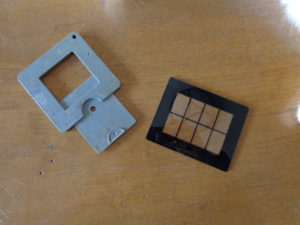
There are different types of view finders. The one on the left is adjustable based on the size of your surface. The one on the right has grid lines to help maintain proportions.
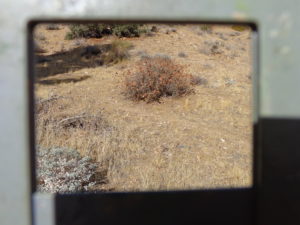
Depending on how close to your eye you place the viewfinder, it will change the view you see.
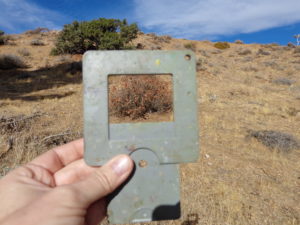
The farther away the viewfinder is from your eye, the smaller the area you are seeing is.
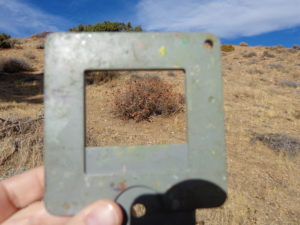
The closer it is to your eye, the larger the area viewed is.
Now that you have the boundaries of your image determined, what do you place within them? You want to base the arrangement of objects, colors, values, etc. on a large, simple shape that addresses each edge of the surface you are creating on. Some very common shapes used are a cross, diagonal, C or S. There are many others, but these are just some of the simplest.

This composition could potentially be successful. There is a backwards C structure that if emphasized in a painting could work quite nicely.
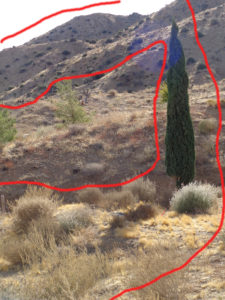
Can you see the C now?
When the placement of the different elements in your piece are based on one of these under-arching designs, your final piece will have better unity. There will be a structure for the viewer’s eye to follow. Without a solid design to your piece, it will appear unorganized and disjointed. Viewers will not feel compelled to continue to look at a disorderly piece and will move on to something else. Your job as an artist is to make the viewer want to continue to look at your artwork; a strong composition will help.
It is a very common mistake in landscapes to have multiple horizontals with no strong vertical elements. Avoid this! Remember, each edge of the surface of your art needs to be used. When all you have are horizontals, the top and the bottom of your piece have been neglected and the viewers eye will run right off the edge. Be sure to have something to intrigue the viewer’s eye so they feel compelled to keep looking. Boring compositions make boring paintings!
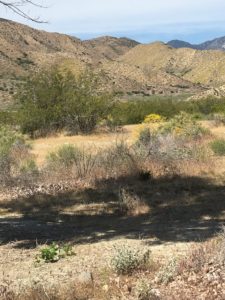
In addition to other issues, this photo has nearly all horizontal directions in it and is therefor not all that interesting to look at.

Just by stepping back and including the tree on the left into the composition, it now has a much stronger composition.
I have barely scratched the surface of this subject, but if you start with a strong underlying design to your painting, it will improve it significantly. If you want to read more about composition, there are two books I highly recommend.
Composition of Outdoor Painting by Edgar Payne is a classic. It was first published in 1941 and has had several reprintings since then, the most recent in 2005. It has a wealth of knowledge between its covers. It is very expensive for a small book, but worth it in my opinion.
Mastering Composition by Ian Roberts is another must read. It comes with a DVD where you can see the author/artist working and showing how the concepts of composition can be used effectively in an artwork. It is simply an outstanding book.
I have included links to these books for your convenience. I’m not getting compensated in any way for this, I just want to share two excellent books.
I also want to add my thanks to all the Veterans out there for their service to our country. Enjoy your day!
I hope you found the information here useful. What are your thoughts on composition? Share your ideas below, and if you haven’t already, subscribe to this blog so you don’t miss out on any posts. Thanks for reading!
[contact-form][contact-field label=”Name” type=”name” required=”true” /][contact-field label=”Email” type=”email” required=”true” /][contact-field label=”Website” type=”url” /][contact-field label=”Message” type=”textarea” /][/contact-form]

